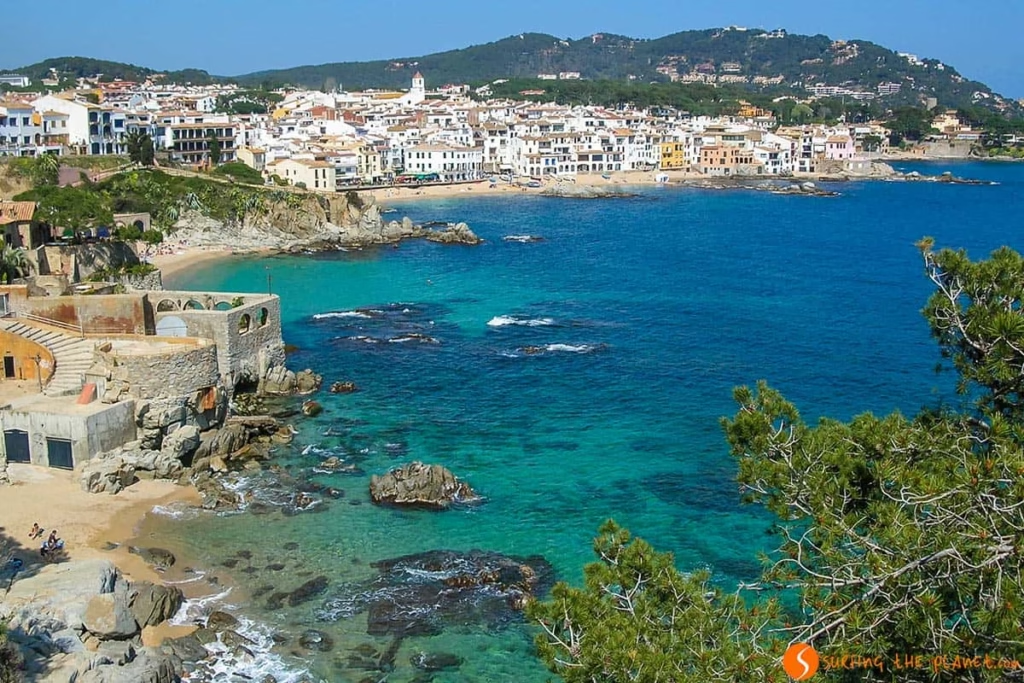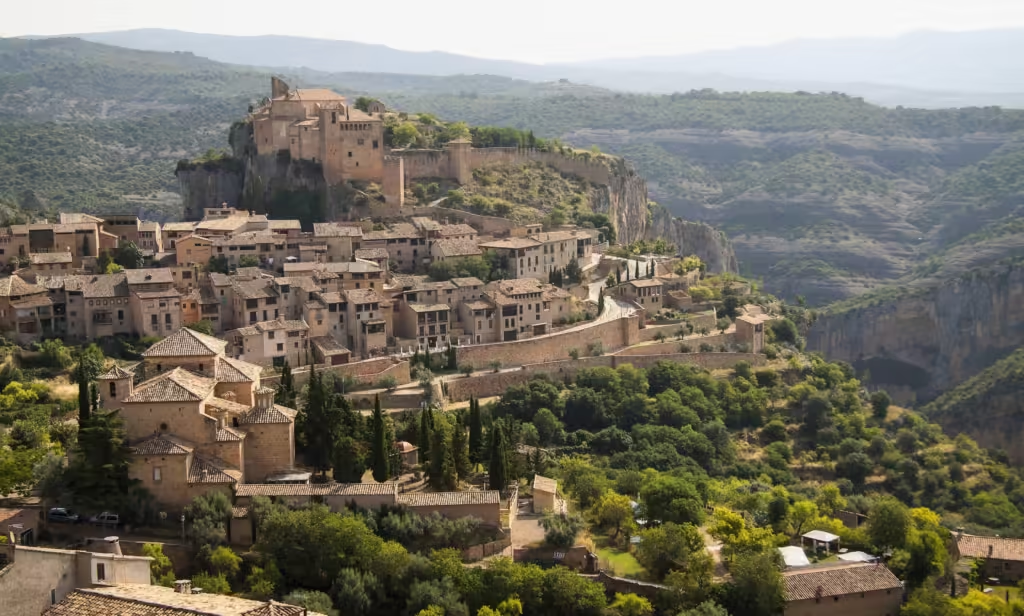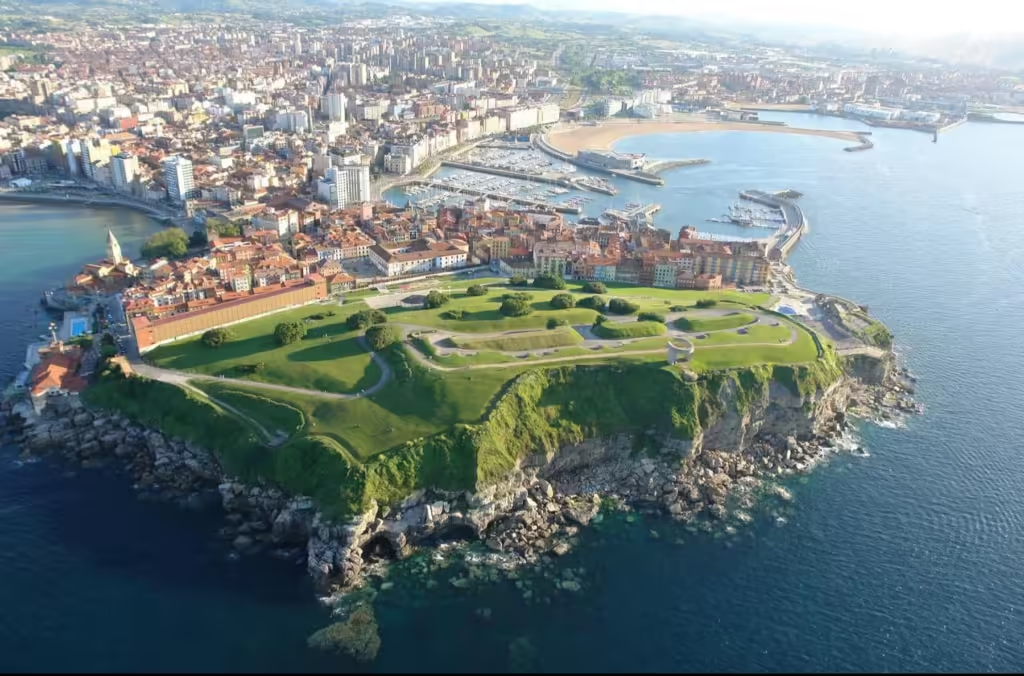Catalonia, or Catalunya (in Catalan), is one of Spain’s most captivating regions, offering an incredible mix of vibrant cities, beautiful beaches, stunning mountains, rich culture, and world-renowned cuisine. Located in the northeastern corner of Spain, Catalonia’s diverse landscape and deep history make it a dream destination for tourists. This guide provides a complete overview of what to see and do in Catalonia, making your visit unforgettable.

Iconic Landmarks to Visit in Barcelona
La Sagrada Familia: One of Antoni Gaudí’s masterpieces, La Sagrada Familia is a must-see for any visitor. The church’s towering spires and intricate details reflect Gaudí’s genius.
Park Güell: Another of Gaudí’s famous works, Park Güell is filled with colorful mosaics, unique sculptures, and fantastic viewpoints of the city.
Gothic Quarter (Barri Gòtic): Walk through the narrow, winding streets of the Gothic Quarter to see medieval buildings, ancient Roman walls, and charming squares.
Casa Batlló and Casa Milà (La Pedrera): These iconic buildings showcase Gaudí’s unique approach to architecture, with undulating facades and fantastical designs.
Costa Brava: A Paradise for Beach Lovers
The Costa Brava, located along Catalonia’s coastline, offers some of the most scenic beaches in Spain. With crystal-clear waters, hidden coves, and charming coastal towns, Costa Brava is perfect for a relaxing beach vacation.
Top Beaches to Visit in Costa Brava
Tossa de Mar: Known for its medieval castle overlooking the beach, Tossa de Mar is an idyllic location combining history and seaside beauty.
Calella de Palafrugell: This picturesque fishing village offers a string of coves with beautiful beaches, perfect for swimming or enjoying local seafood cuisine.
Platja d’Aro: A lively beach with plenty of activities, restaurants, and nightlife, Platja d’Aro is ideal for families and young travelers.
Montserrat: A Spiritual and Scenic Experience
Montserrat is one of Catalonia’s most important spiritual and natural landmarks. The mountain range is home to Montserrat Monastery, where visitors can see the famous Black Madonna (La Moreneta). The unique rock formations, hiking trails, and religious significance make Montserrat a must-visit.
Montserrat Monastery and Scenic Views
Basilica of Montserrat: The monastery’s basilica is known for its beautiful architecture and the statue of the Black Madonna, a revered figure in Catalonia.
Sant Jeroni: Hike to the summit of Sant Jeroni, the highest peak in Montserrat, to enjoy breathtaking panoramic views of the region.
Tarragona: Roman Ruins and Beaches
Tarragona, a UNESCO World Heritage Site, offers visitors a journey back in time with its impressive Roman ruins. The city is also known for its Mediterranean beaches and vibrant atmosphere.
Historical Highlights of Tarragona
Tarragona Amphitheatre: This Roman amphitheater, located by the sea, is one of Tarragona‘s most significant ancient landmarks.
Roman Circus: Discover the ancient circus used for chariot races, which still retains its original structure.
Tarragona Cathedral: Visit the Tarragona Cathedral, a beautiful Gothic structure that dates back to the 12th century.
Catalan Cuisine: A Gastronomic Journey
Catalonia is famous for its distinct culinary traditions, which blend Mediterranean flavors with local produce.
Must-Try Dishes in Catalonia
Pa amb Tomàquet: A simple yet iconic dish, pa amb tomàquet consists of toasted bread rubbed with ripe tomatoes, drizzled with olive oil, and sprinkled with salt.
Escudella i Carn d’Olla: A traditional Catalan stew made with meat, vegetables, and pasta or rice, usually served during winter.
Crema Catalana: A popular dessert similar to crème brûlée, crema catalana has a rich custard base topped with caramelized sugar.
Girona: Medieval Charm and Game of Thrones Backdrop
Girona is a charming medieval city that is known for its well-preserved architecture and colorful houses along the Onyar River. The city is also a popular destination for Game of Thrones fans, as some episodes were filmed here.
Places to Visit in Girona
Girona Cathedral: The impressive cathedral is one of the most recognizable landmarks in Girona, featuring an 86-step staircase leading to the entrance.
Jewish Quarter: Explore El Call, one of the best-preserved Jewish quarters in Europe, with narrow streets and historic buildings.
Pont de les Peixateries Velles: Also known as the Eiffel Bridge, this iconic red iron bridge was designed by Gustave Eiffel before the Eiffel Tower was built.
Pyrenees Mountains: Nature and Adventure
The Catalan Pyrenees are perfect for travelers seeking outdoor activities and adventure. The mountains offer a variety of activities, including hiking, skiing, and wildlife viewing.
Outdoor Activities in the Catalan Pyrenees
Hiking Trails: The Pyrenees offer numerous hiking trails, such as the Carros de Foc route, which passes through scenic valleys and high-altitude lakes.
Ski Resorts: During winter, ski enthusiasts can enjoy the slopes of Vall de Núria and La Molina.
Aigüestortes i Estany de Sant Maurici National Park: Discover the only national park in Catalonia, known for its stunning mountain landscapes, lakes, and diverse wildlife.
Tips for Traveling in Catalonia
Best Time to Visit: The ideal time to visit Catalonia is during spring (April to June) or autumn (September to November) when the weather is pleasant and tourist crowds are fewer.
Getting Around: Catalonia has a well-developed public transportation network. You can use trains and buses to travel between cities, and Barcelona offers a comprehensive metro system.
Language: Catalan and Spanish are both official languages in Catalonia. While most people speak Spanish, using basic Catalan phrases is always appreciated by locals.
FAQs About Traveling in Catalonia
What is the best time of year to visit Catalonia?
The best time to visit Catalonia is during spring (April to June) and autumn (September to November). These seasons provide pleasant temperatures, fewer crowds, and ideal conditions for exploring the region’s cities, coastlines, and mountains.
How many days do I need to explore Catalonia?
To fully experience Catalonia, you will need at least 7 to 10 days. This allows you to explore major destinations like Barcelona, Girona, Costa Brava, and Montserrat, while also enjoying some time in the Pyrenees or the beaches along the coast.
Is Catalonia safe for tourists?
Yes, Catalonia is generally very safe for tourists. Like any other popular tourist destination, it’s important to stay cautious of pickpockets in crowded areas, especially in Barcelona. However, overall, the region is very welcoming and accommodating to travelers.
What food should I try in Catalonia?
Catalonia is known for its excellent cuisine. Be sure to try pa amb tomàquet, escudella i carn d’olla, and crema catalana. Additionally, the region is famous for its seafood dishes, which are best enjoyed in coastal towns.
Do people in Catalonia speak English?
Many people working in tourism-related businesses speak English, particularly in major tourist destinations like Barcelona. However, learning a few words in Catalan or Spanish can enhance your experience and interactions with locals.
Conclusion: Catalonia Awaits Your Adventure
Catalonia is a region that truly has something for everyone—whether you’re looking to explore architectural wonders in Barcelona, relax on the beaches of Costa Brava, discover the rich history of Girona and Tarragona, or embrace nature in the Pyrenees. This diverse and vibrant region of Spain will captivate you with its culture, landscapes, and warm hospitality. Plan your Catalonian adventure now and make memories that will last a lifetime.

